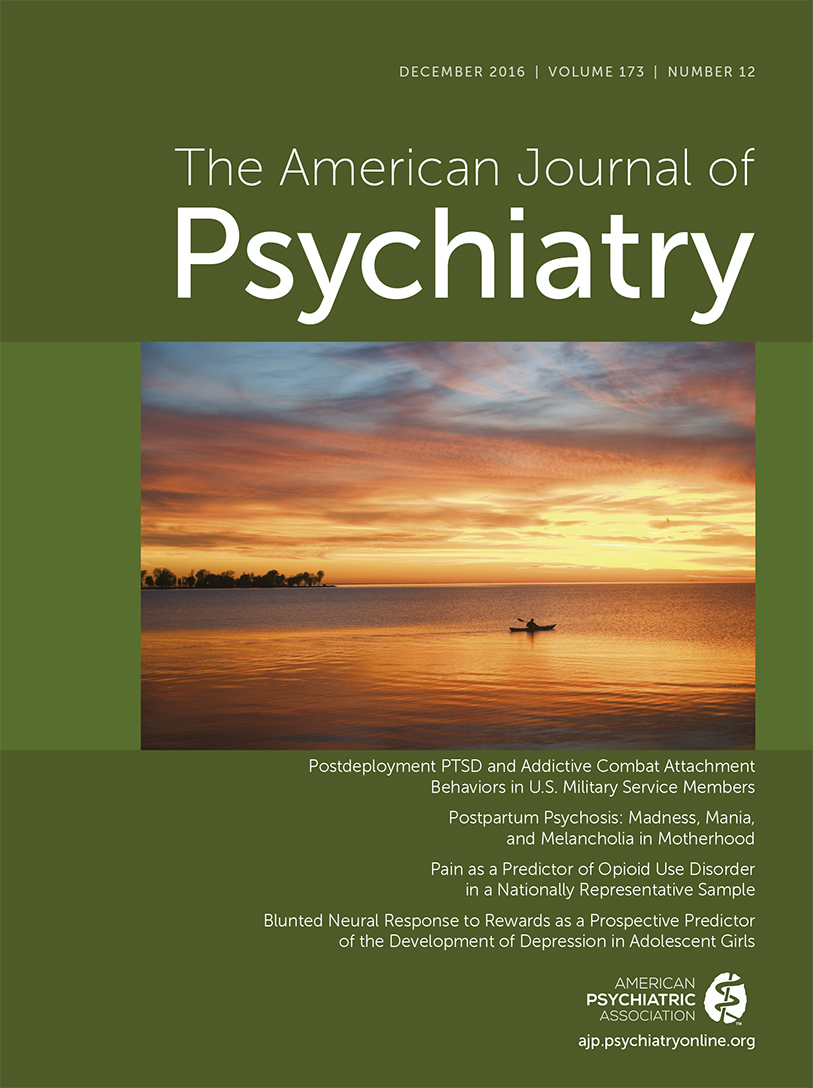Blunted Neural Response to Rewards as a Prospective Predictor of the Development of Depression in Adolescent Girls
Abstract
Objective:
A blunted neural response to rewards has recently emerged as a potential mechanistic biomarker of adolescent depression. The reward positivity, an event-related potential elicited by feedback indicating monetary gain relative to loss, has been associated with risk for depression. The authors examined whether the reward positivity prospectively predicted the development of depression 18 months later in a large community sample of adolescent girls.
Method:
The sample included 444 girls 13.5–15.5 years old with no lifetime history of a depressive disorder, along with a biological parent for each girl. At baseline, the adolescents’ reward positivity was measured using a monetary guessing task, their current depressive symptoms were assessed using a self-report questionnaire, and the adolescents’ and parents’ lifetime psychiatric histories were evaluated with diagnostic interviews. The same interview and questionnaire were administered to the adolescents again approximately 18 months later.
Results:
A blunted reward positivity at baseline predicted first-onset depressive disorder and greater depressive symptom scores 18 months later. The reward positivity was also a significant predictor independent of other prominent risk factors, including baseline depressive symptoms and adolescent and parental lifetime psychiatric history. The combination of a blunted reward positivity and greater depressive symptom scores at baseline provided the greatest positive predictive value for first-onset depressive disorder.
Conclusions:
This study provides strong converging evidence that a blunted neural response to rewards precedes adolescent-onset depression and symptom emergence. Blunted neural response may therefore constitute an important target for screening and prevention.



